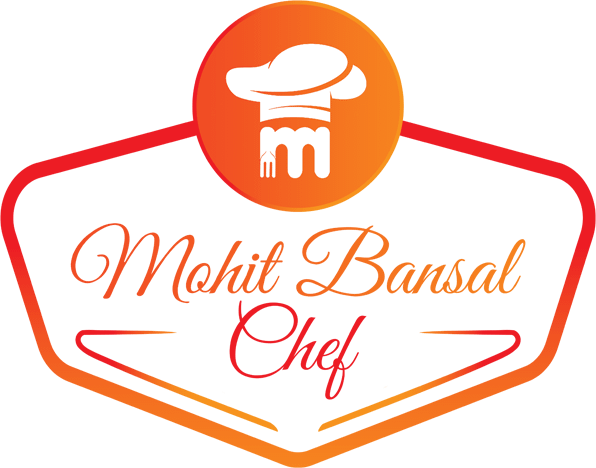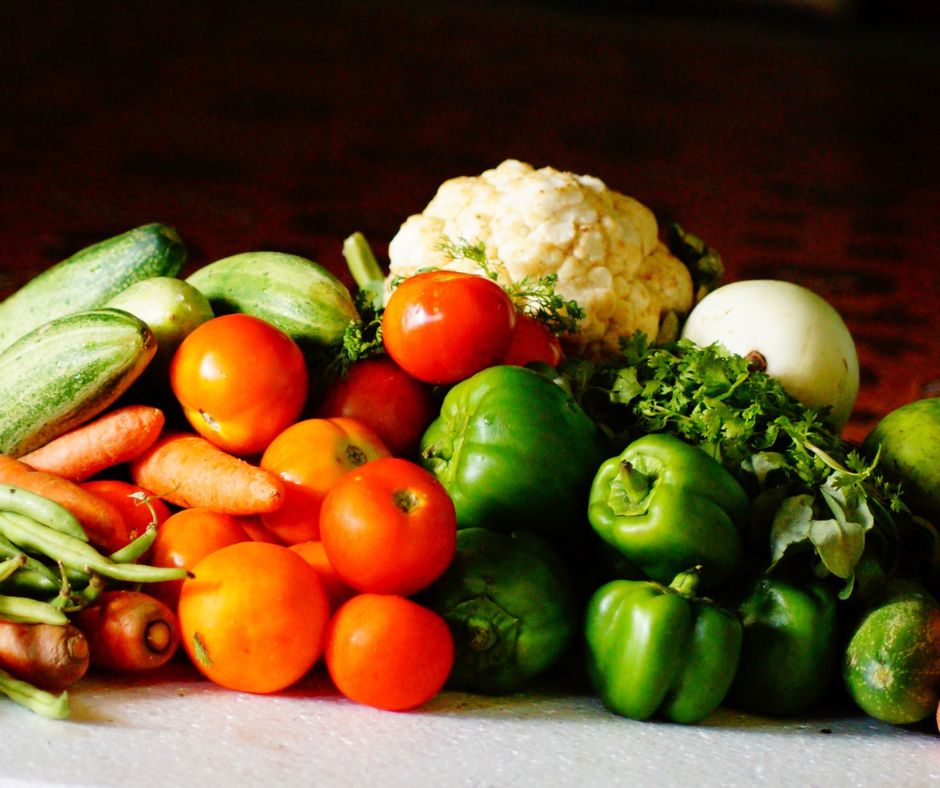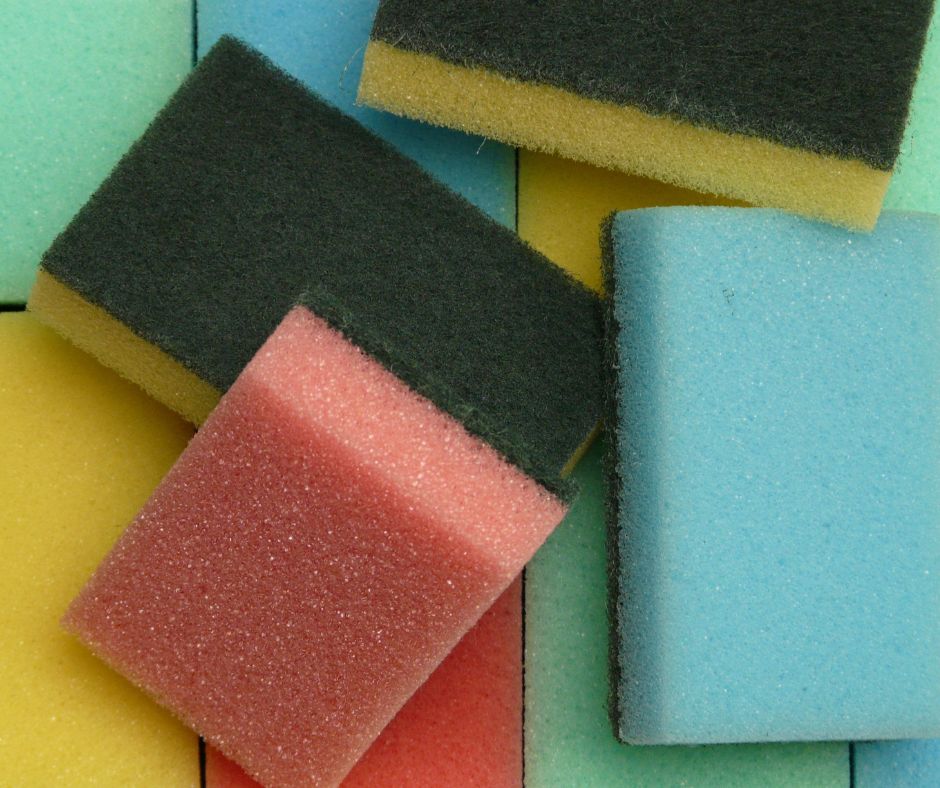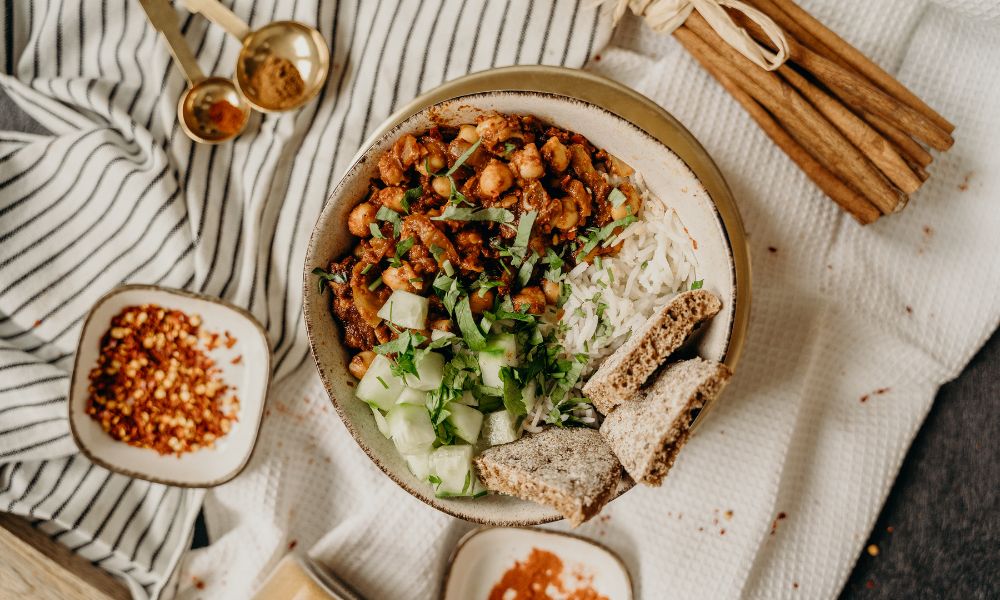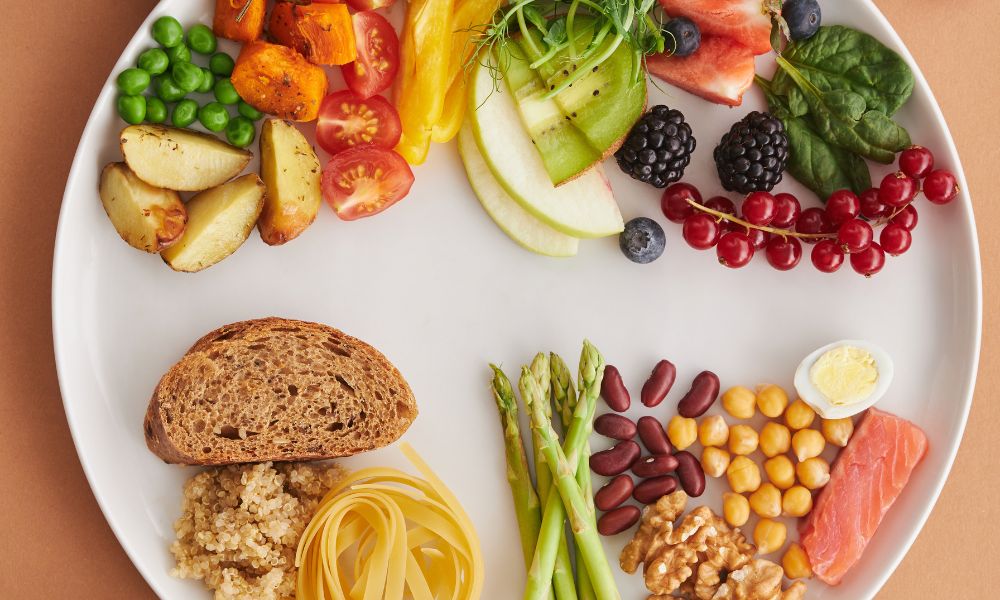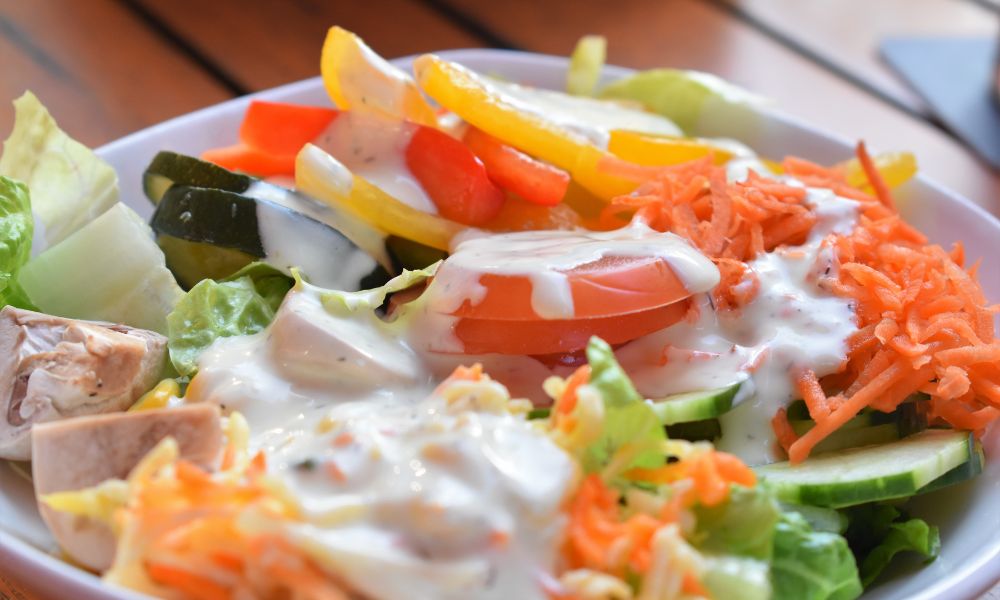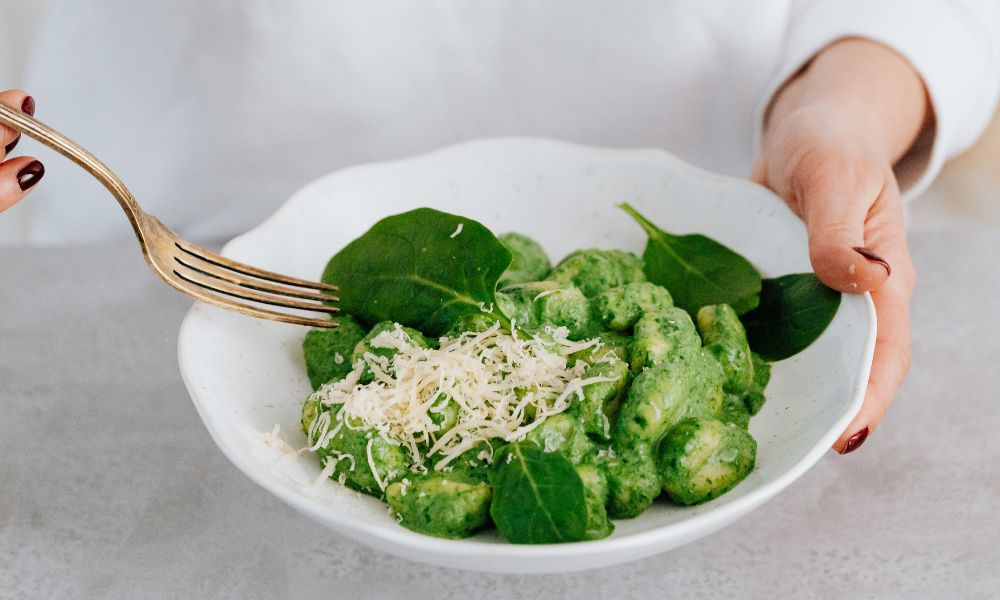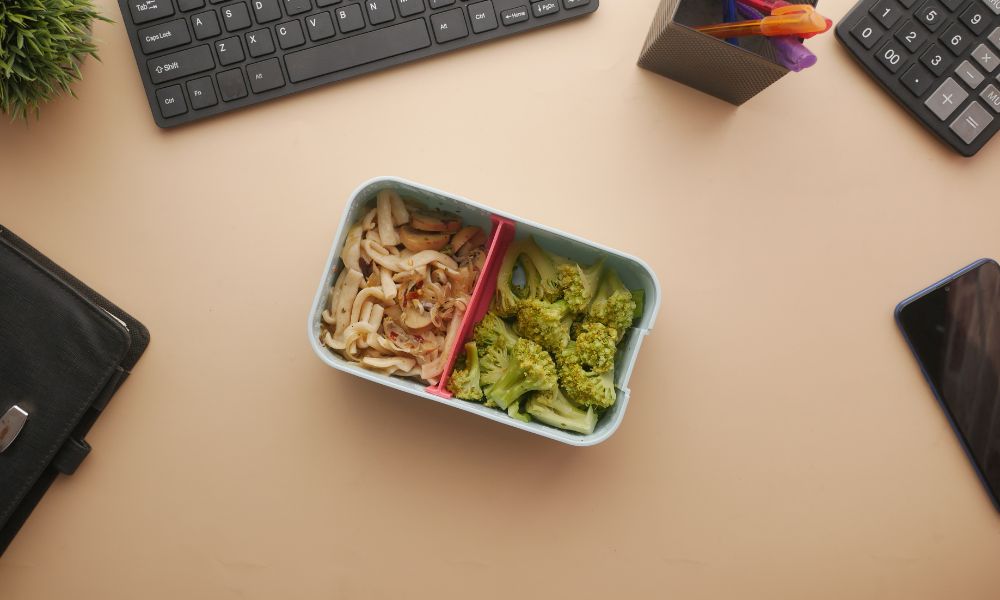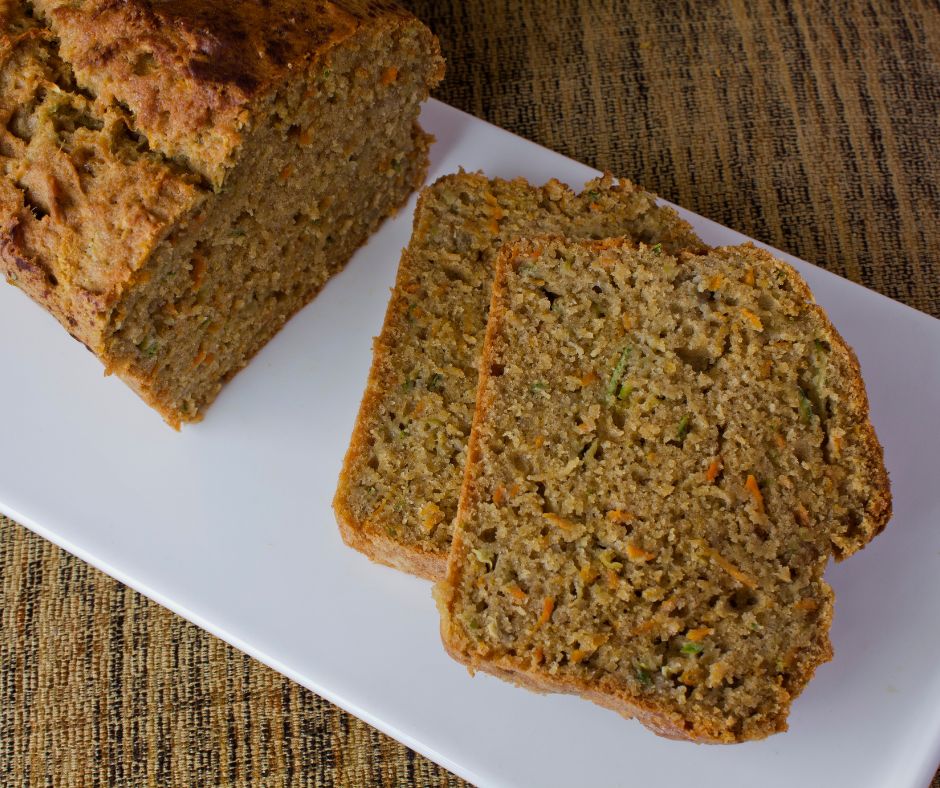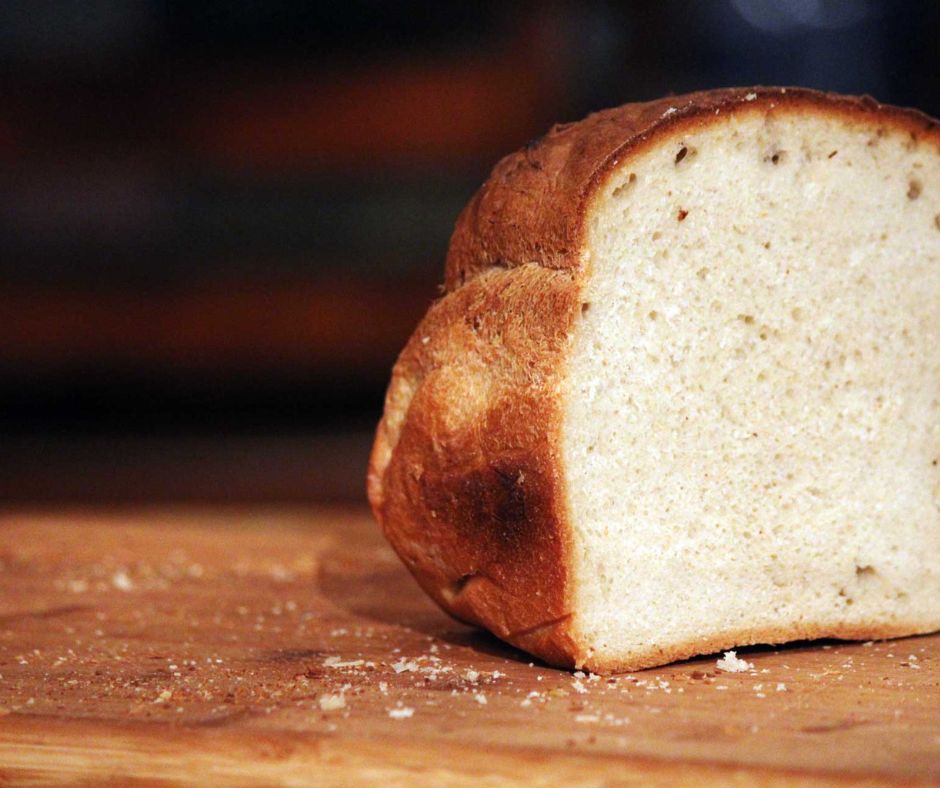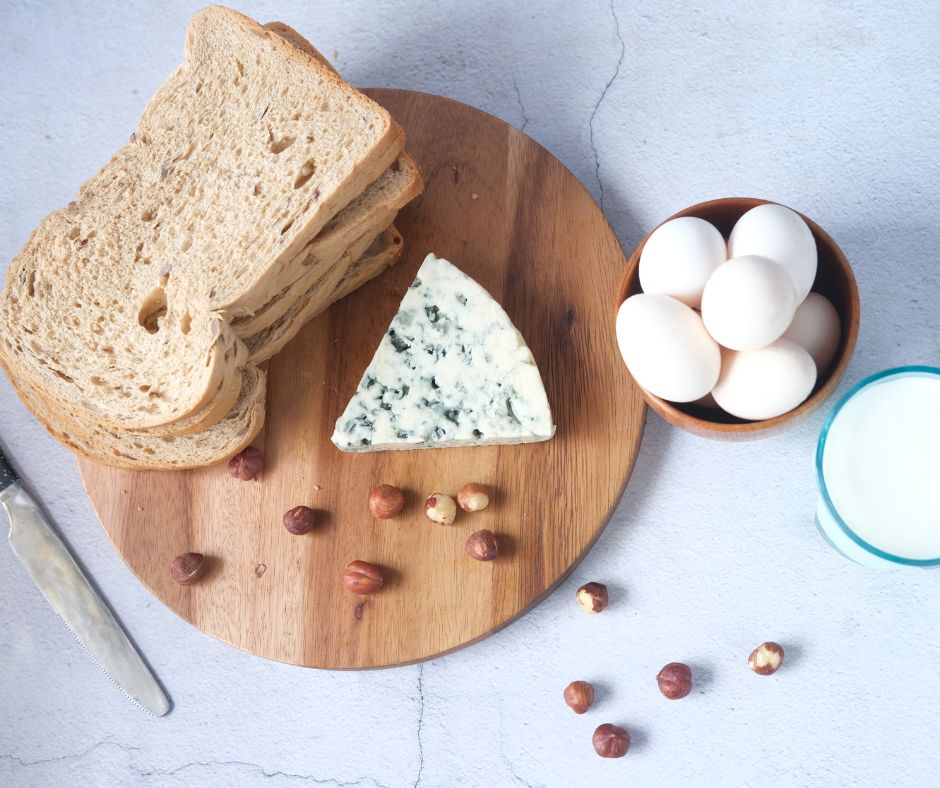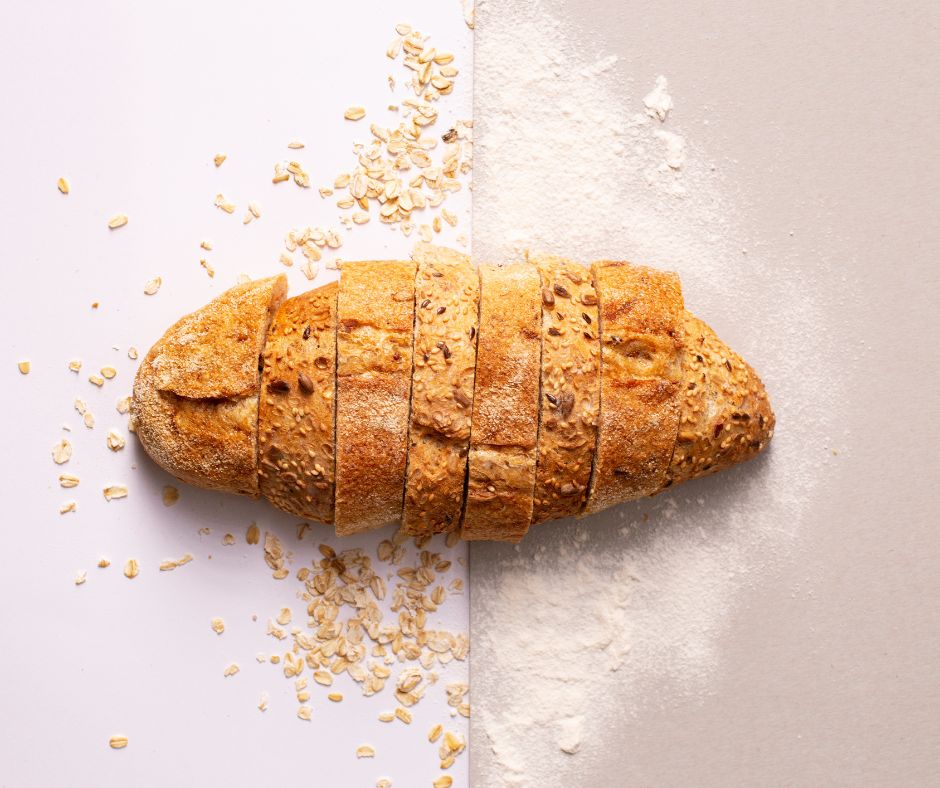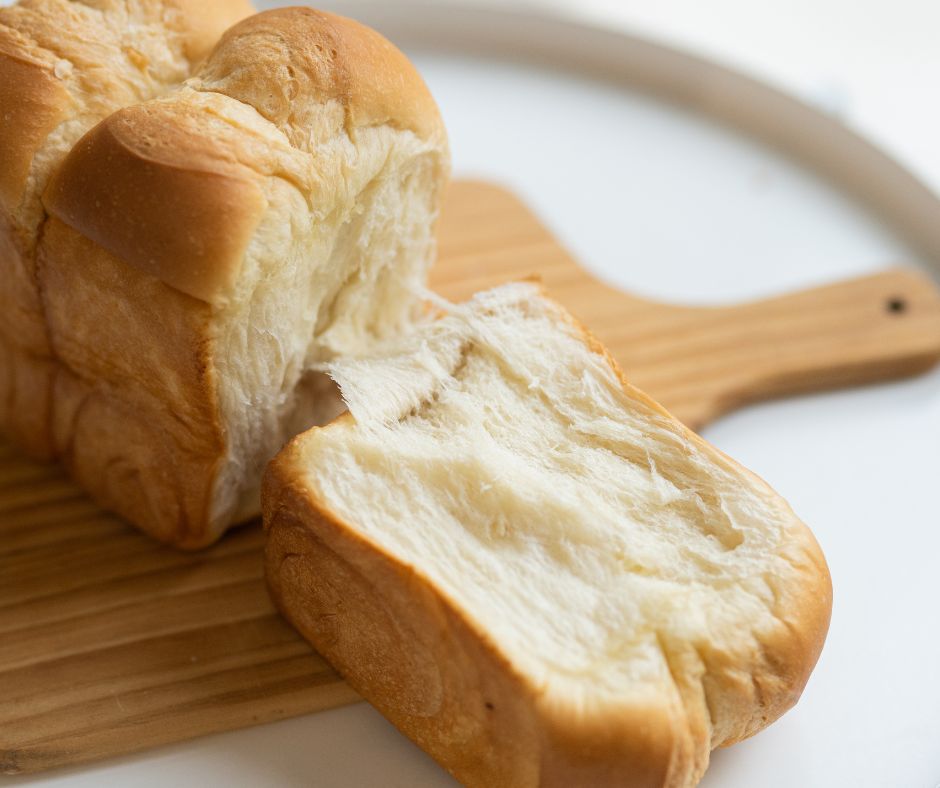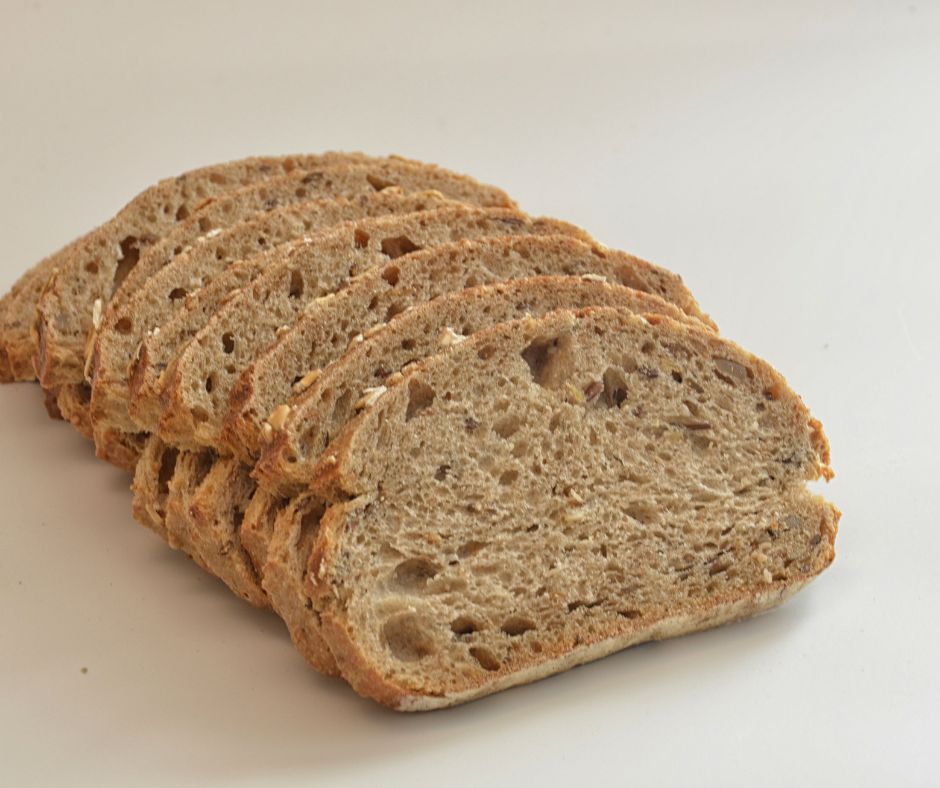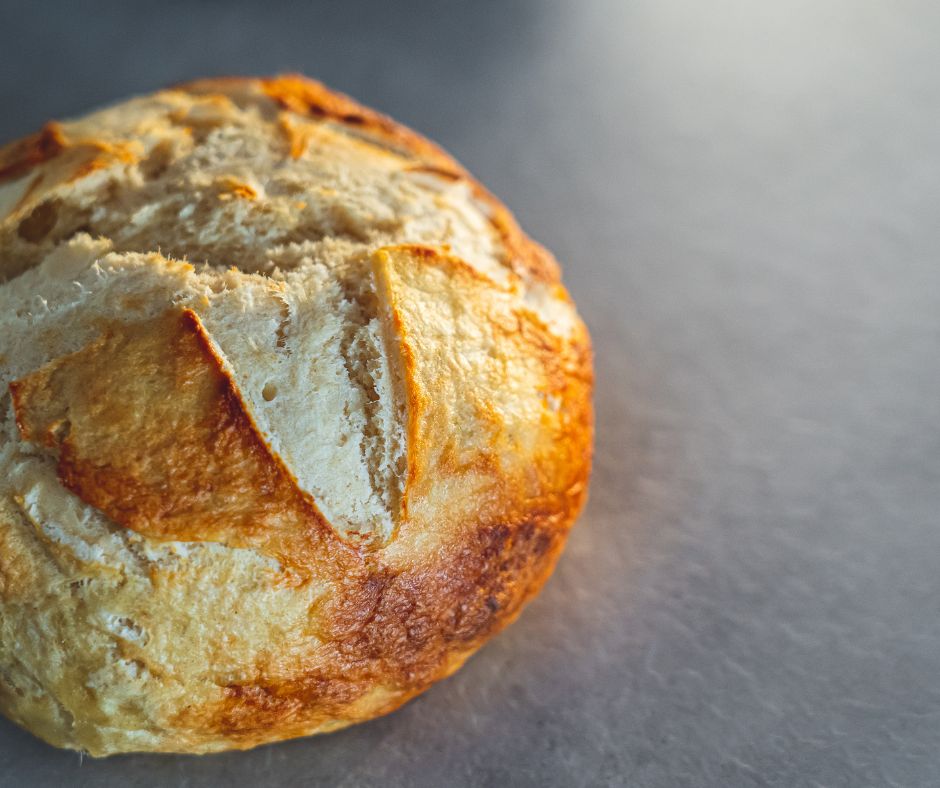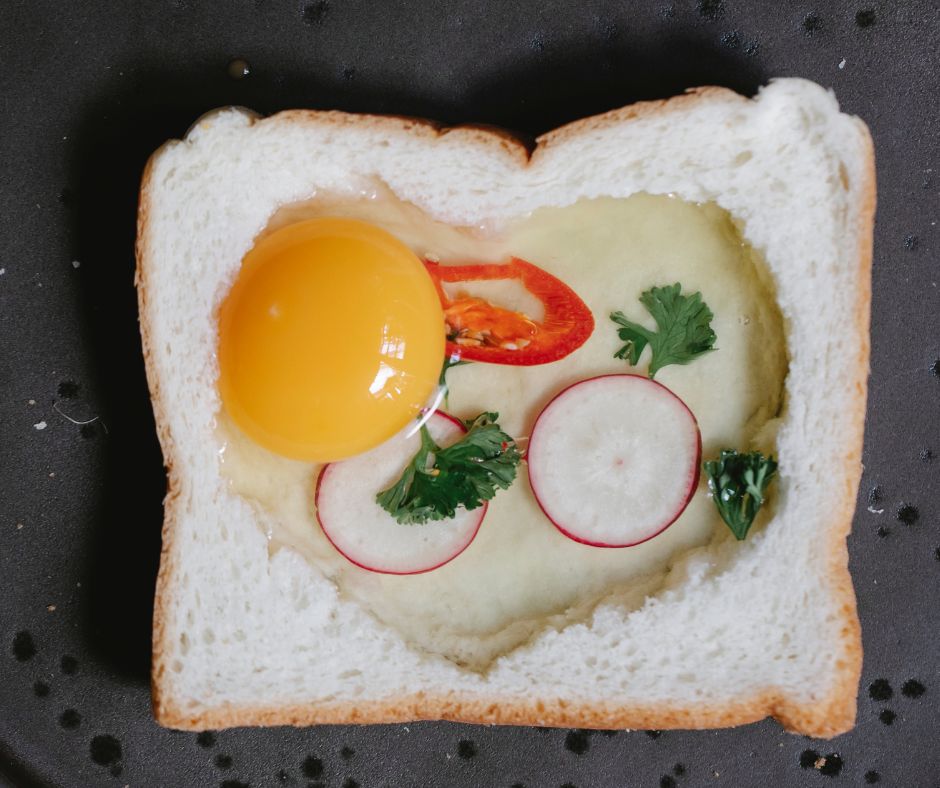Welcome to “Breakfast Ideas to Kickstart Your Weight Loss Journey,” where we explore the crucial role of breakfast in achieving and maintaining a healthy weight. Breakfast is frequently recognized as the vital meal of the day, and with valid justification. It provides the necessary fuel to jumpstart your metabolism, curb cravings, and set the tone for healthy choices throughout the day. In this article, Mohit Bansal Chandigarh will delve into nutrient-rich breakfast options, protein-packed meals, fiber-rich choices, low-calorie and low-carb alternatives, delicious smoothie recipes, make-ahead ideas for busy mornings, and essential tips for sustainable weight loss through breakfast choices. So, let’s dive in and discover how a well-balanced breakfast can propel your weight loss journey to new heights!
The Importance of a Healthy Breakfast in Weight Loss
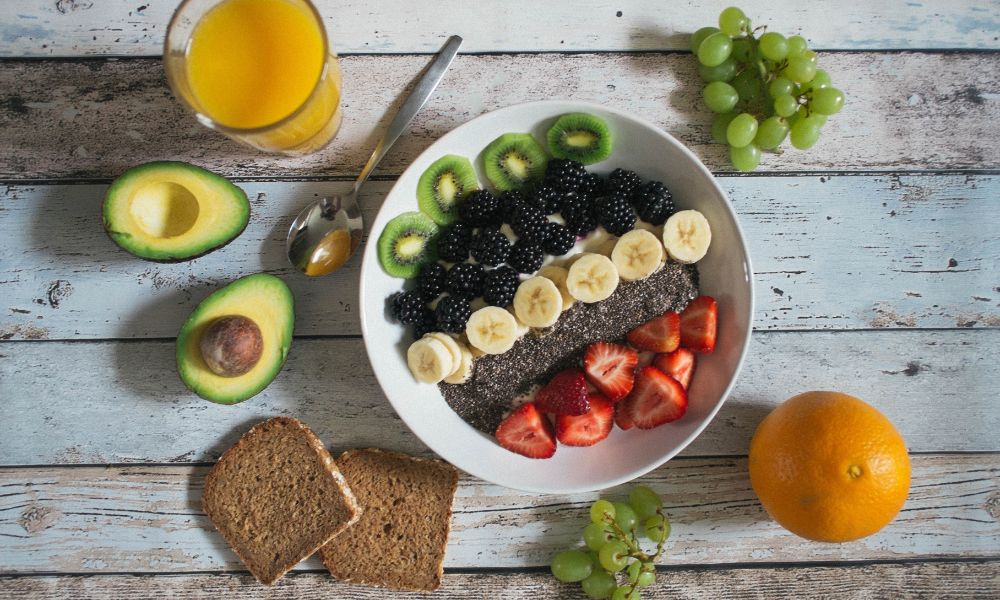
Let’s talk about breakfast, the most important meal of the day, or so our grandma used to say. But is there any truth to that? Spoiler alert: yes, there is! A healthy breakfast plays a vital role in kickstarting your weight loss journey. It sets the tone for the rest of the day, fuels your body, and can even help control those pesky cravings. So, don’t underestimate the power of a good breakfast!
Understanding the Role of Breakfast in Weight Loss
Okay, let’s get a little science for a moment. When you wake up after a night of fasting (yes, sleeping counts as fasting), your body is like a sponge, ready to absorb all the nutrients it needs. Eating a balanced breakfast provides your body with the necessary energy and nutrients to tackle the day ahead. Plus, it revs up your metabolism, which means you burn calories more efficiently. It’s like giving your body a head start in the weight loss race!
The Impact of Skipping Breakfast on Weight Management

Now, picture this: you hit the snooze button one too many times, rush out the door, and forget all about breakfast. We’ve all been there! But here’s the thing: skipping breakfast can sabotage your weight loss efforts. When you skip this important meal, your body goes into survival mode, holding onto those extra pounds like they’re going out of style. Plus, it usually leads to intense hunger later on, causing you to make less-than-ideal choices. So, do yourself a favor and make time for breakfast, even if it means setting your alarm a little earlier.
Nutrient-Rich Breakfast Options for Weight Loss
Now that we’ve established the importance of breakfast, let’s dive into some delicious and nutritious options that will support your weight loss goals. These nutrient-packed breakfast ideas will keep you fueled and satisfied until lunchtime, without sacrificing taste.
Incorporating Whole Grains for Sustained Energy
Whole grains are your best friends when it comes to breakfast. They provide a slow and steady release of energy, keeping you full and focused throughout the morning. Think oatmeal, quinoa, or whole-grain bread. Get creative with toppings like fresh fruits, nuts, or a drizzle of honey. Who said healthy had to be boring?
Adding Lean Protein Sources to Fuel Fat Burning
Protein is the superhero of weight loss. It helps build lean muscle mass and keeps you feeling satisfied for longer. Incorporate lean protein sources into your breakfast like eggs, Greek yogurt, or tofu. You can scramble, poach, or whip up a protein-packed smoothie. Your taste buds and your waistline will thank you!
Including Healthy Fats for Satiety and Nutritional Balance

Contrary to popular belief, not all fats are evil. In fact, healthy fats are essential for a balanced diet and weight loss. They provide satiety and keep you feeling full for longer. Avocado, nut butter, and chia seeds are excellent choices to add a dash of healthy fats to your breakfast. Hey, who said you can’t have your toast and eat it too?
Protein-Packed Breakfasts to Boost Metabolism
We’ve already touched on the importance of protein in weight loss, but let’s give it the attention it deserves. Protein is like the secret weapon in your weight loss arsenal. It boosts your metabolism, helps build and repair muscles, and keeps hunger at bay. Sounds pretty great, right?
Benefits of Protein in Weight Loss
You might be wondering, “What’s so special about protein anyway?” Well, besides the aforementioned benefits, protein also has a higher thermic effect, meaning your body burns more calories digesting it compared to carbs or fats. It’s like having a personal fat-burning furnace inside you. So, make friends with protein, and it will do wonders for your waistline.
High-Protein Breakfast Ideas for Optimal Metabolism
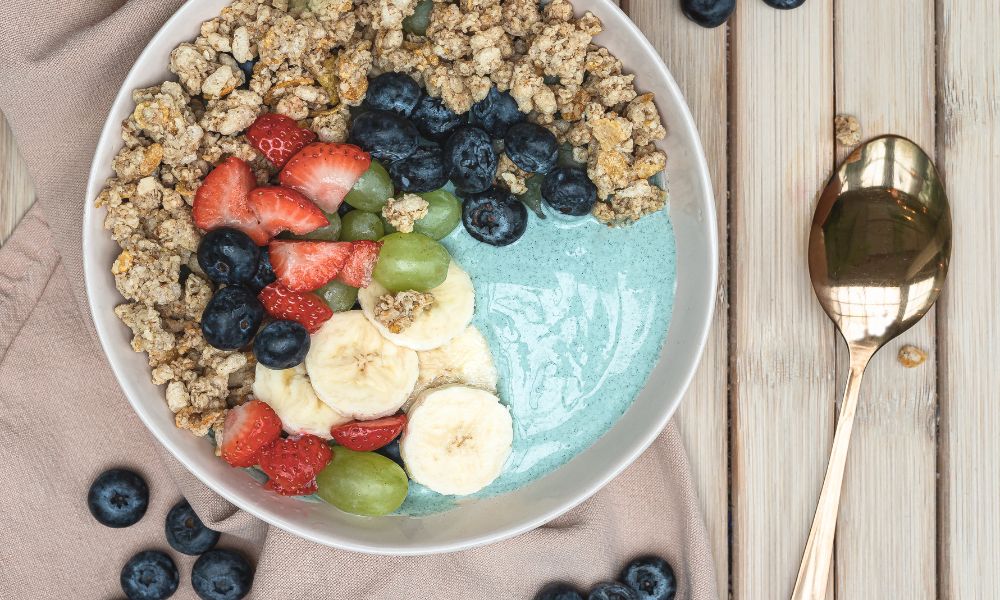
Ready to amp up your breakfast game? Here are a few high-protein ideas to get you started. Whip up a veggie omelet, scramble some tofu with your favorite spices, or make a protein-packed smoothie with Greek yogurt and spinach. And don’t forget about our friend peanut butter. Slather it on whole-grain toast, or blend it into a delicious smoothie. These protein powerhouses will give your metabolism the boost it needs, and your taste buds will be doing a happy dance!
The significance of fiber in facilitating weight loss.
Fiber is a rockstar in the weight loss world. It adds bulk to your meals, keeping you feeling full and satisfied for longer. It also slows down the digestion process, preventing those blood sugar spikes that lead to cravings. And let’s not forget its magical powers in promoting regular digestion. So, be kind to your belly and load up on fiber!
Fiber-Rich Breakfast Options for Improved Digestion and Fullness
If you’re looking to get more fiber into your breakfast routine, look no further. Start your day with a bowl of high-fiber cereal topped with berries, sprinkle some ground flaxseed onto your yogurt, or blend up a fiber-rich smoothie with fruits and veggies. And don’t forget the holy grail of fiber, the mighty avocado. Slice it up and add it to your toast for a creamy and fiber-filled delight. These fiber-rich options will keep your tummy happy and your weight loss journey on track.
Remember, breakfast is not the meal to skimp on when you’re on a weight loss journey. So, fuel your body with delicious and nutrient-packed morning meals, and watch the pounds melt away (or at least say, “Hasta la vista, baby!”). Happy breakfasting!
Low-Calorie and Low-Carb Breakfasts for Weight Loss
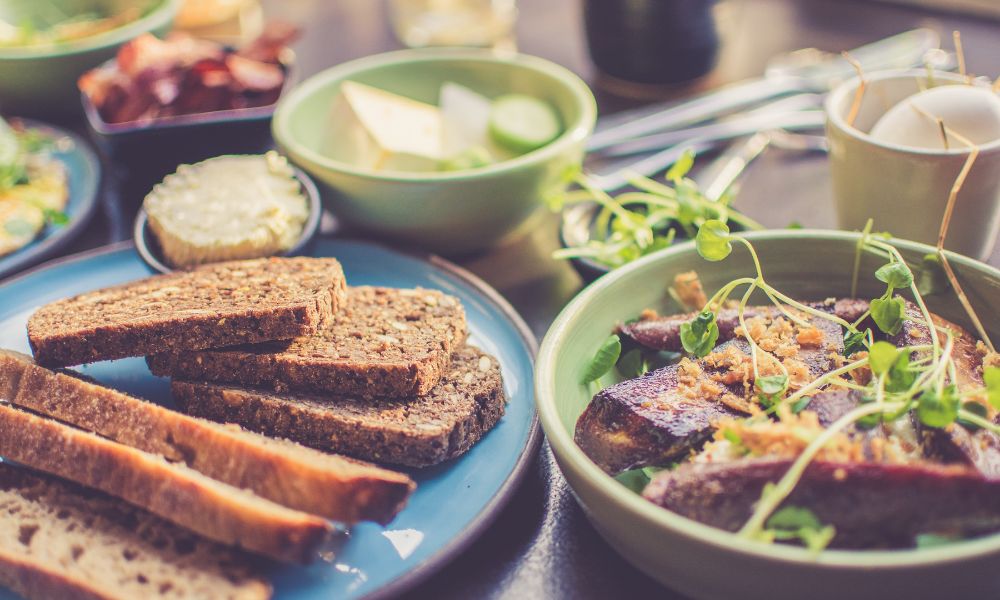
When it comes to losing weight, breakfast is your secret weapon. However, it doesn’t imply that you must compromise on taste or fulfillment. Low-calorie and low-carb breakfasts can kickstart your weight loss journey without leaving you feeling deprived. The key is to find the right balance of nutrients to keep you energized and full throughout the morning.
The Pros and Cons of Low-Calorie and Low-Carb Diets
Low-calorie and low-carb diets have been popular for a while now, but are they worth the hype? Let’s break it down. The pros of a low-calorie diet are pretty obvious – it can help you create a calorie deficit, which is essential for weight loss. On the other hand, low-carb diets restrict your intake of carbohydrates, forcing your body to burn stored fat for energy.
But before you jump on the bandwagon, consider the cons. Low-calorie diets can sometimes leave you feeling hungry and unsatisfied, while low-carb diets may be difficult to sustain in the long run. The key is finding a balance that works for you and your lifestyle.
Delicious Low-Calorie and Low-Carb Breakfast Ideas
Now that you know the pros and cons, let’s talk about some tasty low-calorie and low-carb breakfast ideas. How about a veggie omelet packed with protein and loaded with colorful vegetables? Or perhaps some Greek yogurt topped with berries and a sprinkle of nuts for added crunch? Don’t forget about the classic avocado toast, made with whole grain bread and a generous spread of mashed avocado. These breakfast options are not only delicious but also waistline-friendly.
Healthy and Delicious Smoothie Recipes for Breakfast
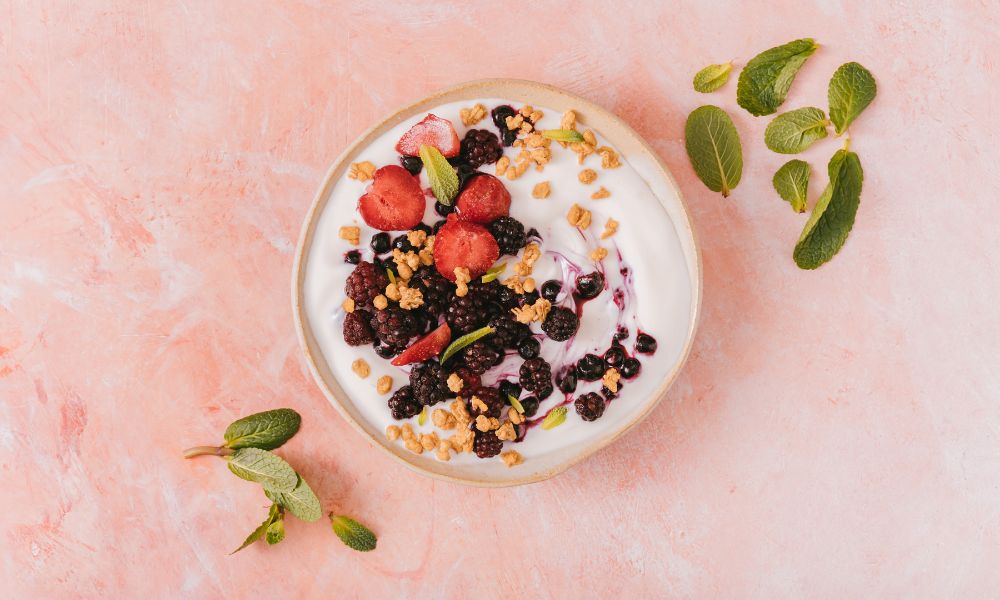
Smoothies are like the superhero of breakfasts – they’re quick, convenient, and packed with nutrients. Plus, they can be a great addition to your weight loss journey.
Benefits of Smoothies in a Weight Loss Journey
Smoothies are a fantastic way to get a variety of nutrients in one glass. They can be loaded with fruits, vegetables, and even protein powder to keep you feeling full and satisfied. The beauty of smoothies is that you can customize them to your liking and experiment with different flavors and ingredients. They’re also a great option for those who are always on the go and need something quick and easy to start their day.
Nutrient-Dense Smoothie Recipes to Support Weight Loss
Now that we’ve established the benefits, let’s dive into some nutrient-dense smoothie recipes. How about a green smoothie made with spinach, banana, almond milk, and a scoop of protein powder? Or a tropical smoothie with pineapple, mango, coconut milk, and a splash of lime juice? Get creative and add your favorite ingredients to make a delicious and satisfying smoothie that supports your weight loss goals.
Make-Ahead Breakfast Ideas for Busy Mornings

Mornings can be chaotic, especially when you’re trying to juggle work, family, and a healthy lifestyle. This is where pre-prepared breakfasts come to your aid.. By planning and preparing breakfast in advance, you can ensure that you start your day off with a nutritious meal, even on the busiest of mornings.
Advantages of Planning and Preparing Breakfasts in Advance
The advantages of make-ahead breakfasts are aplenty. Firstly, you’ll save time in the morning when you’re rushing to get out the door. Secondly, you’ll have full control over the ingredients, ensuring that you’re making healthy choices that support your weight loss goals. Lastly, it helps you stay consistent with your healthy eating habits, minimizing the temptation to grab something less nutritious on the go.
Simple and Quick Make-Ahead Breakfast Recipes
So, what are some simple and quick make-ahead breakfast recipes? Overnight oats are a popular option, where you prep your oats and toppings the night before, and they’re ready to be enjoyed in the morning. Another idea is to make a batch of healthy egg muffins filled with vegetables and protein. Bake them ahead of time, and you’ll have a grab-and-go breakfast option that will keep you satisfied until lunchtime.
Tips for Sustainable Weight Loss through Breakfast Choices

Weight loss is not just about finding the perfect breakfast recipe; it’s about making sustainable choices that fit your lifestyle and can be maintained in the long run.
Finding Balance and Moderation in Breakfast Selections
Finding balance is crucial when it comes to breakfast selections. Rather than completely cutting out certain food groups or restricting yourself too much, aim for a well-rounded meal that includes a good mix of protein, healthy fats, and carbohydrates. This will keep you satisfied and energized throughout the morning, helping you avoid unnecessary snacking later on.
Establishing Healthy Morning Routines for Long-Term Success
Establishing healthy morning routines is key to long-term success. Set aside a few minutes each morning to enjoy your breakfast without distractions. Practice mindful eating and savor each bite. Additionally, find activities or exercises that you enjoy doing in the morning to kickstart your day on a positive note. Whether it’s going for a walk, doing yoga, or simply taking a few moments to breathe and relax, starting your day with a positive mindset can have a significant impact on your weight loss journey.
So, go ahead and try out these breakfast ideas to kickstart your weight loss journey – low-calorie and low-carb options, nutrient-packed smoothies, make-ahead recipes, and remember to find a sustainable approach that works for you. Your morning meal can be both delicious and supportive of your weight loss goals – it’s a win-win situation!
Closing Thoughts
By incorporating these breakfast ideas By Mohit Bansal Chandigarh into your weight loss journey, you can set yourself up for success and make significant progress towards your goals. Remember, a healthy breakfast is not only about nourishing your body but also about establishing sustainable habits that will support long-term weight management. Experiment with different options, listen to your body’s needs, and find what works best for you. With a nutritious and satisfying breakfast to kickstart your day, you’ll be well on your way to achieving your weight loss goals and enjoying a healthier lifestyle overall. Good luck on your journey!
Frequently Asked Questions
1. Is it really important to have breakfast for weight loss?
Yes, having a healthy breakfast is crucial for weight loss. It jumpstarts your metabolism, provides energy for the day, and helps control cravings and overeating later on. Skipping breakfast can lead to increased hunger, lower energy levels, and a higher likelihood of making unhealthy food choices.
2. What are some quick and easy make-ahead breakfast options?
There are several make-ahead breakfast options that can save you time in the morning. Preparing overnight oats, breakfast burritos, or chia seed puddings the night before allows you to grab a nutritious meal on the go. You can also make batches of egg muffins, smoothie freezer packs, or homemade granola bars for convenient breakfasts throughout the week.
3. Are smoothies a good choice for weight loss?
Smoothies can be a great choice for weight loss if they are made with nutritious ingredients and balanced properly. Include sources of protein, such as Greek yogurt or protein powder, and add healthy fats like nut butter or avocado to increase satiety. Be mindful of portion sizes and avoid adding excessive amounts of sweeteners or high-calorie ingredients.
4. Can I have a low-calorie breakfast and still feel satisfied?
Absolutely! Low-calorie breakfasts can be satisfying if they are rich in fiber, protein, and healthy fats. Focus on incorporating whole grains, lean proteins, and plenty of fruits and vegetables. These nutrient-dense foods will keep you fuller for longer and provide the necessary energy to start your day on the right foot.
